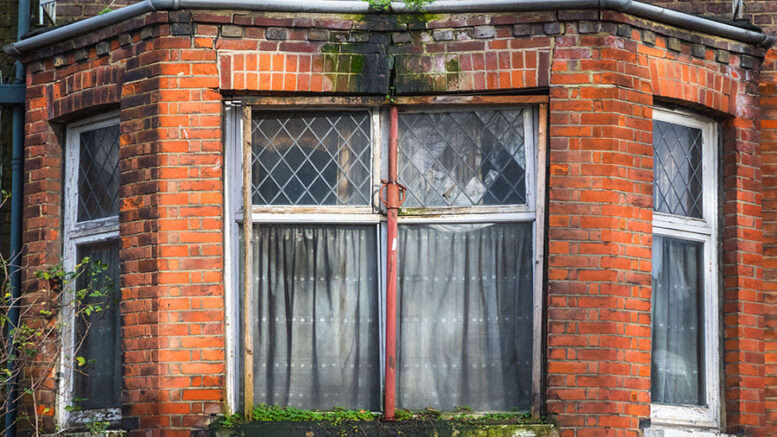A pioneering moisture diagnostic system developed by the Property Care Association (PCA) could provide a much-needed solution for landlords and tenants dealing with damp and mould. This innovative technology aims to identify the root causes of moisture problems in rented properties, offering a transformative approach ahead of key changes in rental legislation.
New tech offers clarity for landlords
With the second reading of The Renters’ Rights Bill set for October 9th in the House of Commons, the PCA is encouraging both private landlords and social housing providers to adopt its cutting-edge moisture diagnostic system. The new bill, which will extend Awaab’s Law to the private sector, places stricter requirements on landlords to inspect and repair issues like damp and mould within set timeframes.
Sarah Garry, Chief Executive of the PCA, explained the potential impact of this new technology: “The sensor system can be used across the residential, commercial, and industrial sectors to identify the root causes of condensation, damp, and mould, and could prove transformational when it comes to mould investigation works.”
The system, developed by PCA’s specialist company Maple Diagnostics, uses environmental sensors to measure conditions such as temperature and relative humidity in different types of dwellings. By analysing the collected data, the system can generate detailed reports that pinpoint the causes of moisture issues and suggest targeted solutions.
Transforming mould investigations
The Renters’ Rights Bill is expected to hold landlords accountable for addressing hazards like damp and mould more swiftly, making solutions like the PCA’s moisture diagnostic system particularly timely. Garry believes the technology will benefit both landlords and tenants by providing clear, evidence-based findings that can reduce disputes and ensure corrective actions are focused and efficient.
“As a system which is based on data and evidence, it allows surveyors to provide clear evidence to tenants and landlords,” she said. “Being able to identify the root cause of damp and mould issues, we believe, will help resolve disputes and focus any corrective actions, saving both time and money.”
The moisture diagnostic system is the result of a three-year research project in collaboration with University College London’s Institute for Environmental Design and Engineering (UCL IEDE). It offers a precise way of identifying why a home’s moisture levels are out of balance and suggests appropriate corrective measures to fix the problem at its core.
A practical solution for the rental sector
Landlords and housing providers have long struggled with damp and mould complaints, often leading to costly repairs and tenant dissatisfaction. This new system is a practical and data-driven approach to tackling these issues, potentially transforming how such problems are handled in rental properties.
As UK landlords prepare for the changes brought by the Renters’ Rights Bill, adopting innovative solutions like this moisture diagnostic system could be a game-changer. By addressing moisture issues at their source, landlords can improve property conditions, prevent further damage, and ensure compliance with stricter regulations.







